- Google's viral research assistant just got its own app - here's how it can help you
- Sony will give you a free 55-inch 4K TV right now - but this is the last day to qualify
- I've used virtually every Linux distro, but this one has a fresh perspective
- I replaced my JBL speaker with this surprise alternative. Here's why it's my new top pick
- I replaced my JBL speaker with this surprise alternative. Here's why it's my new top pick
Black Basta Ransomware Operators Expand Their Attack Arsenal With QakBot Trojan and PrintNightmare Exploit

We look into a recent attack orchestrated by the Black Basta ransomware ransomware group that used the banking trojan QakBot as a means of entry and movement and took advantage of the PrintNightmare vulnerability to perform privileged file operations.
June 30, 2022
Read time: ( words)
Since it became operational in April, Black Basta has garnered notoriety for its recent attacks on 50 organizations around the world and its use of double extortion, a modern ransomware tactic in which attackers encrypt confidential data and threaten to leak it if their demands are not met. The emerging ransomware group has continued to improve its attacks: We recently caught it using the banking trojan QakBot as a means of entry and movement, and taking advantage of the PrintNightmare vulnerability (CVE-2021-34527) to perform privileged file operations.
In the case of a Trend Micro customer, its system was infected with Black Basta ransomware that was deployed by QakBot (Figure 1). This behavior is typical of the QakBot malware family, which has served as a key enabler of ransomware families like MegaCortex, PwndLockerm, Egregor, ProLock, and REvil (aka Sodinokibi). QakBot, which was discovered in 2007, is known for its infiltration capabilities and has been used as a “malware-installation-as-a-service” for various campaigns. Over the years, this banking trojan has become increasingly sophisticated, as evidenced by its exploitation of a newly disclosed Microsoft zero-day vulnerability known as Follina (CVE-2022-30190).
QakBot is distributed using spear-phishing emails (Figure 2) that contain Excel files with Excel 4.0 macros. The emails entice the recipient to enable macros, which download and execute the QakBot DLL files (Figures 3 and 4). The downloaded QakBot DLL is dropped onto a specific file path and file name, and is executed via regsvr32.exe (Figure 5). The QakBot DLL performs process injection using explorer.exe (Figure 6), after which the injected Explorer process creates a scheduled task to maintain the malware’s initial foothold in the infected system (Figure 7).
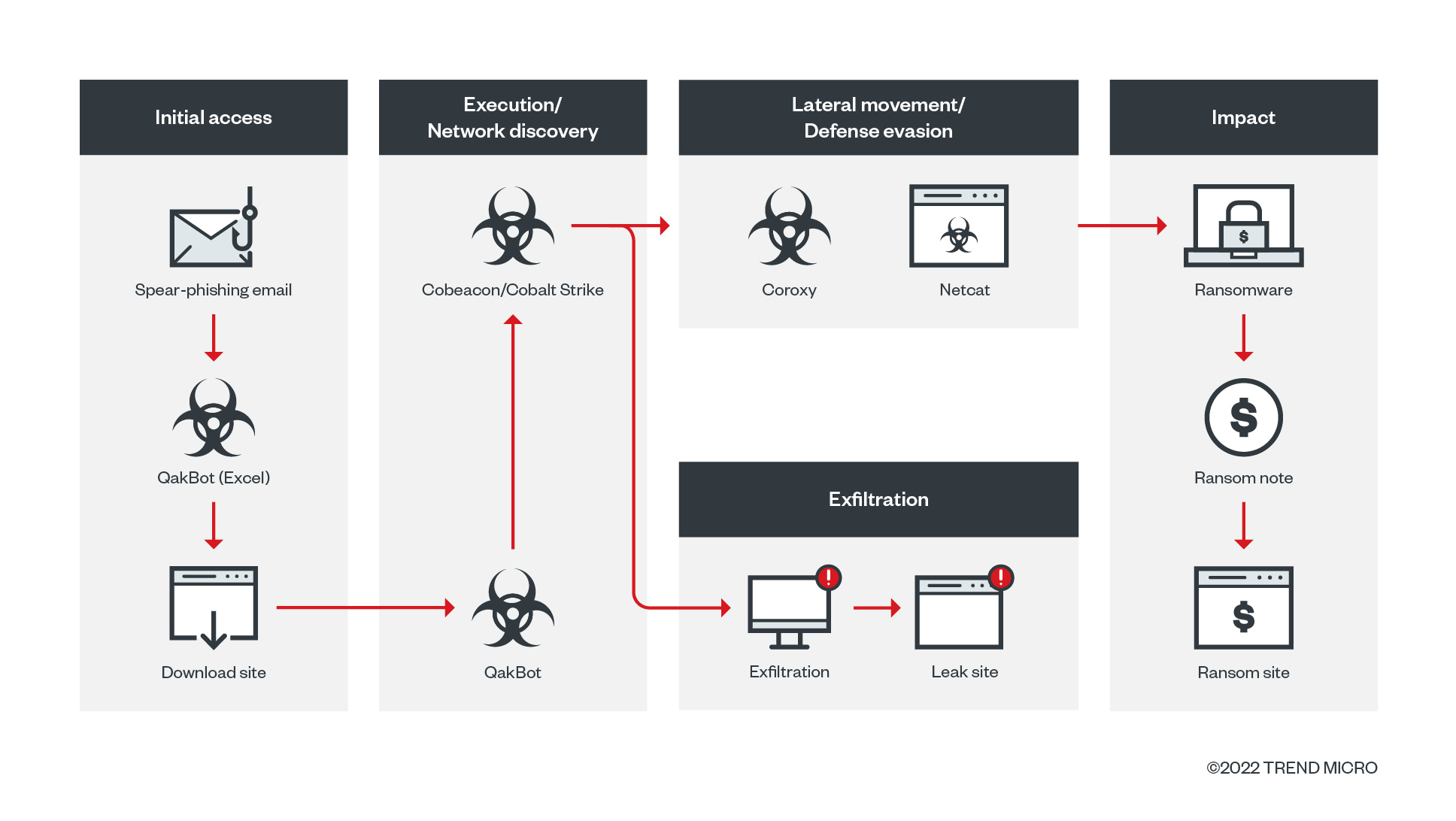
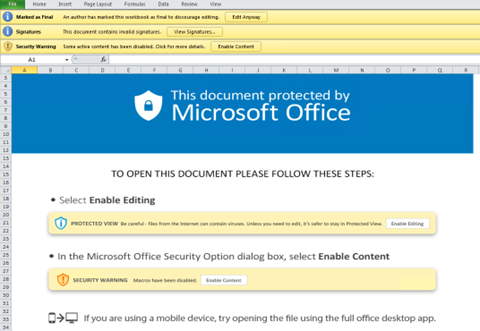




Once QakBot is installed in a system, it proceeds to download and drop the other components in the infection chain, beginning with the Cobeacon backdoor. We have observed the execution of Cobeacon using a fileless PowerShell script with multiple layers of obfuscation (Figures 8 to 11). The Base64-encoded shellcode of the installed Cobeacon establishes and names a pipe for communication (Figure 12) that is possibly used for exfiltration purposes once information has been collected from a targeted system. The Black Basta ransomware group posts this information on its leak sites if the victim does not pay the ransom.
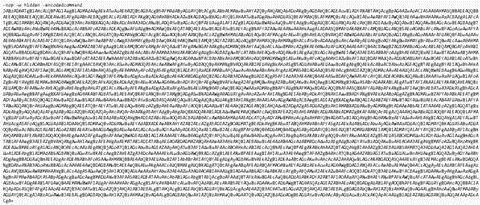

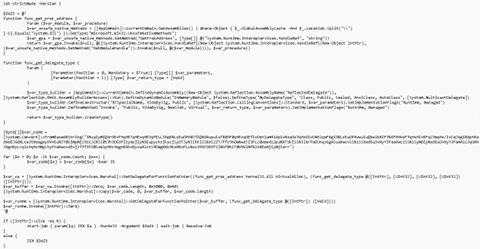
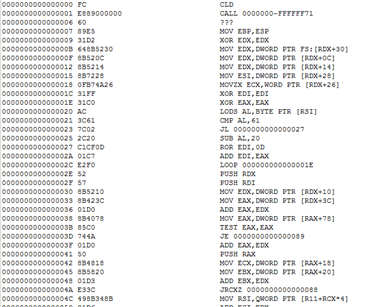

Upon further analysis of the system that was affected by Black Basta, we found evidence that points to the ransomware group’s exploitation of the PrintNightmare vulnerability. Exploiting this vulnerability, Black Basta abused the Windows Print Spooler Service or spoolsv.exe to drop its payload, spider.dll, and perform privileged file operations. It also exploited the vulnerability to execute another file in the affected system, but samples of this file were no longer available in the system.
Additionally, our investigation found that the ransomware actors used the Coroxy backdoor. They used Coroxy in conjunction with the abuse of the computer networking utility tool Netcat to move laterally across the network. Once the attackers gained a wide foothold in the network, they executed the Black Basta ransomware, whose infection process we explained in more detail in a previous blog post.
Spear phishing is a common precursor to ransomware infection. Organizations can protect their data from threats that spread through emails by adhering to best practices such as:
- Ensuring that macros are disabled in Microsoft Office applications.
- Verifying an email’s sender and content before opening or downloading any attachments.
- Hovering the pointer over embedded links to show the links’ full addresses.
- Being wary of telltale signs of malicious intent, including unfamiliar email addresses, mismatched email and sender names, and spoofed company emails.
Businesses and their employees can safeguard sensitive company data from email-borne ransomware threats like Black Basta by turning to endpoint solutions such as Trend Micro’s Smart Protection Suites and Worry-Free Business Security solutions, which are equipped with behavior-monitoring capabilities that are able to detect malicious files, scripts, and messages, and block all related malicious URLs. Trend Micro™ Deep Discovery™ also has a layer for email inspection that protects businesses by detecting any malicious attachments and URLs. Multilayered detection and response solutions like the Trend Micro Vision One™ platform provides companies with greater visibility across multiple layers — like email, endpoints, servers, cloud workloads, and networks — to look out for suspicious behavior in their systems and block malicious components early, mitigating the risk of ransomware infection.
Hashes
|
SHA-256 |
Trend Micro detection |
|
01fafd51bb42f032b08b1c30130b963843fea0493500e871d6a6a87e555c7bac |
Ransom.Win32.BLACKBASTA.YXCEP |
|
72a48f8592d89eb53a18821a54fd791298fcc0b3fc6bf9397fd71498527e7c0e |
Trojan.X97M.QAKBOT.YXCFH |
|
580ce8b7f5a373d5d7fbfbfef5204d18b8f9407b0c2cbf3bcae808f4d642076a |
Backdoor.Win32.COROXY.YACEKT |
|
130af6a91aa9ecbf70456a0bee87f947bf4ddc2d2775459e3feac563007e1aed |
Trojan.Win64.QUAKNIGHTMARE.YACEJT |
|
c7eb0facf612dbf76f5e3fe665fe0c4bfed48d94edc872952a065139720e3166 |
TrojanSpy.Win32.QAKBOT.YXCEEZ |
|
ffa7f0e7a2bb0edf4b7785b99aa39c96d1fe891eb6f89a65d76a57ff04ef17ab |
TrojanSpy.Win32.QAKBOT.YACEJT |
|
2083e4c80ade0ac39365365d55b243dbac2a1b5c3a700aad383c110db073f2d9 |
TrojanSpy.Win32.QAKBOT.YACEJT |
|
1e7174f3d815c12562c5c1978af6abbf2d81df16a8724d2a1cf596065f3f15a2 |
TrojanSpy.Win32.QAKBOT.YACEJT |
|
2d906ed670b24ebc3f6c54e7be5a32096058388886737b1541d793ff5d134ccb |
TrojanSpy.Win32.QAKBOT.YACEJT |
|
72fde47d3895b134784b19d664897b36ea6b9b8e19a602a0aaff5183c4ec7d24 |
TrojanSpy.Win32.QAKBOT.YACEJT |
|
2e890fd02c3e0d85d69c698853494c1bab381c38d5272baa2a3c2bc0387684c1 |
TrojanSpy.Win32.QAKBOT.YACEJT |
|
c9df12fbfcae3ac0894c1234e376945bc8268acdc20de72c8dd16bf1fab6bb70 |
Ransom.Win32.BLACKBASTA.YACEJ |
|
8882186bace198be59147bcabae6643d2a7a490ad08298a4428a8e64e24907ad |
Trojan.Win32.BLACKBASTA.YXCEJ |
|
0e2b951ae07183c44416ff6fa8d7b8924348701efa75dd3cb14c708537471d27 |
Trojan.Win32.BLACKBASTA.YXCEJ |
|
0d3af630c03350935a902d0cce4dc64c5cfff8012b2ffc2f4ce5040fdec524ed |
Trojan.Win32.BLACKBASTA.YXCEJ |
|
df35b45ed34eaca32cda6089acbfe638d2d1a3593d74019b6717afed90dbd5f8 |
Trojan.Win32.BLACKBASTA.YXCEJ |
|
3fe73707c2042fefe56d0f277a3c91b5c943393cf42c2a4c683867d6866116fc |
Trojan.Win32.BLACKBASTA.YXCEJ |
|
433e572e880c40c7b73f9b4befbe81a5dca1185ba2b2c58b59a5a10a501d4236 |
Ransom.Win32.BLACKBASTA.A.note |
|
c4683097a2615252eeddab06c54872efb14c2ee2da8997b1c73844e582081a79 |
PUA.Win32.Netcat.B |
URLs
24[.]178[.]196[.]44:2222
37[.]186[.]54[.]185:995
39[.]44[.]144[.]182:995
45[.]63[.]1[.]88:443
46[.]176[.]222[.]241:995
47[.]23[.]89[.]126:995
72[.]12[.]115[.]15:22
72[.]76[.]94[.]52:443
72[.]252[.]157[.]37:995
72[.]252[.]157[.]212:990
73[.]67[.]152[.]122:2222
75[.]99[.]168[.]46:61201
103[.]246[.]242[.]230:443
113[.]89[.]5[.]177:995
148[.]0[.]57[.]82:443
167[.]86[.]165[.]191:443
173[.]174[.]216[.]185:443
180[.]129[.]20[.]53:995
190[.]252[.]242[.]214:443
217[.]128[.]122[.]16:2222
elblogdeloscachanillas[.]com[.]mx/S3sY8RQ10/Ophn[.]png
lalualex[.]com/ApUUBp1ccd/Ophn[.]png
lizety[.]com/mJYvpo2xhx/Ophn[.]png
Tags
sXpIBdPeKzI9PC2p0SWMpUSM2NSxWzPyXTMLlbXmYa0R20xk

